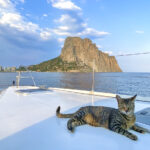
What city is also a territory that looks like it should be in one country but belongs to another? It’s one of the most prized locations on the planet with half the world’s seafaring trade passing by. It’s only 2.5 miles around but has more than 30 miles of tunnels carved through its limestone core. You might recognize this 1400-foot rock in the ads for Prudential Insurance, where it’s been the center of the company’s marketing campaign since the 1800s. This tiny piece of England, however, sits undiscovered for most people.
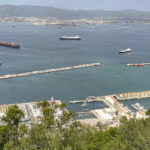 After completing our first transatlantic passage in 2021, our initial view of Gibraltar was exhilarating. Snow-capped peaks of Africa’s Rif Mountain range lay just seven miles off our starboard side as we entered the Straits of Gibraltar. We rounded the southern tip of the Spanish Iberian Peninsula on our left, and the iconic rock came instantly into view. We were officially in the Mediterranean Sea…and we were not alone. The surrounding bay was a parking lot of anchored cargo ships and freighters, the very ones we had worked so hard to avoid while crossing the Atlantic Ocean. This was the first port of entry to the Mediterranean for us all. And, the last port of entry, when leaving the Med for a westbound journey, as we did in 2024.
After completing our first transatlantic passage in 2021, our initial view of Gibraltar was exhilarating. Snow-capped peaks of Africa’s Rif Mountain range lay just seven miles off our starboard side as we entered the Straits of Gibraltar. We rounded the southern tip of the Spanish Iberian Peninsula on our left, and the iconic rock came instantly into view. We were officially in the Mediterranean Sea…and we were not alone. The surrounding bay was a parking lot of anchored cargo ships and freighters, the very ones we had worked so hard to avoid while crossing the Atlantic Ocean. This was the first port of entry to the Mediterranean for us all. And, the last port of entry, when leaving the Med for a westbound journey, as we did in 2024.
Gibraltar’s physical location on the Iberian Peninsula makes it look like it’s part of Spain. In fact, the Spanish government feels that indeed Gibraltar should be Spanish and there has been ongoing controversy over its sovereignty and territorial waters since the 18th-century Spanish Civil War. During our visits, however, Gibraltar was unequivocally part of the English realm…albeit with a maze of head-scratching features and challenges.
Let’s start with the border that separates Gibraltar from Spain—an airport, and precisely a runway, divide Spanish from English, Euro from sterling, paella from fish and chips. To cross the border, you walk across the runway…unless, of course, a plane is landing or taking off, and then sirens blare, signaling a 5-minute hold until the blast of a jet engine races by and ground traffic resumes. It’s a spectacular experience transiting an active runway under the shadow of the famed rock of Gibraltar.
Passport control is a busy place—agents check credentials an estimated 15,000 times a day. Most people who cross the border are Spanish locals entering Gibraltar for a day of work. Where we stood in line to have our passports checked and stamped by British and Spanish authorities, the daily stream of Spanish pedestrians, bicyclists, scooters, and carpools simply flashed their residence cards and were swiftly waved through, as though the authorities have simply memorized all their faces. Gibraltar residents, incidentally, face the same scrutiny as Americans since 2020 when the UK left the European Union and severed the ability to travel freely between those countries.
Now imagine you’re on Gémeaux and sadly you must return home. You have two choices—fly directly out of the Gibraltar airport, which is an easy cab or bus ride to the terminal. That is, if Gémeaux is docked in a Gibraltar marina…and, if you’re connecting through London. Since Brexit, the Gibraltar airport serves flights only in and out of London so your flight must connect through Heathrow. Assuming we would be staying in the Gibraltar marina, we booked British Airways flights to the US via London, only to end up staying in the Alcadaisa marina in La Línea de la Concepción, the neighboring Spanish town just across the border. 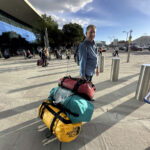 Spanish taxis are not permitted to take you to the Gibraltar airport so you must walk through passport control and over to the terminal. Coming back…you guessed it, English taxis are not permitted to take you from the airport terminal into Spain. Baggage carts apparently follow the same regulations because we found ourselves schlepping all our plunder ¼ mile through a maze of walkways and buildings each way in this clumsy system.
Spanish taxis are not permitted to take you to the Gibraltar airport so you must walk through passport control and over to the terminal. Coming back…you guessed it, English taxis are not permitted to take you from the airport terminal into Spain. Baggage carts apparently follow the same regulations because we found ourselves schlepping all our plunder ¼ mile through a maze of walkways and buildings each way in this clumsy system.
During our stay at marinas in both La Línea and Gibraltar, we crossed many times to get Spanish pharmaceuticals and salamis we couldn’t get in Gibraltar or Cadbury chocolate only available from British markets. No matter which side we were on, invariably we had the wrong currency—we seemed to have Euros in Gibraltar and pound sterling when we were in La Línea. Did I mention that Gibraltar also has its own version of pound sterling? Fortunately, everyone in Gibraltar accepts both British sterling and Gibraltar sterling…except the laundromats, where the machines come from the UK and consequently, only accept the Queen’s quid.
So that’s the weird and complicated part. Let’s talk about why we liked Gibraltar, and like it we did. First, it’s chockfull of history and its biggest attraction is visiting the Rock itself. We took the 6-minute cable car to the top of the Rock and hiked to various lookouts for unmatched views of three countries…and two continents! And then there’s the inside of the mountain, where the English hand-chiseled an intricate tunnel system to successfully defend attacks from the Spanish and French during the Great Siege in the 18th century. Later, during World War II, the network of tunnels was expanded to serve as a military base and protection from bombing raids for more than 10,000 British personnel. Evidence of communication centers, a hospital, bakery, and even a theater are still recognizable in some parts of this subterranean city.
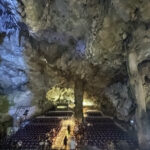 For the nature enthusiasts, St. Michael’s limestone cave was a highlight. Millions of years before the Great Siege, rainwater created cracks that created faults that eventually turned into huge cathedral-like caverns and passageways. Dramatized by a spectacular light and music show in what’s used today as an auditorium of superior acoustics, I had to do some fact checking to verify that the entire place was real. Yep, the massive stalactites and stalagmites are indeed natural and I’ve never seen anything like it.
For the nature enthusiasts, St. Michael’s limestone cave was a highlight. Millions of years before the Great Siege, rainwater created cracks that created faults that eventually turned into huge cathedral-like caverns and passageways. Dramatized by a spectacular light and music show in what’s used today as an auditorium of superior acoustics, I had to do some fact checking to verify that the entire place was real. Yep, the massive stalactites and stalagmites are indeed natural and I’ve never seen anything like it.
Our favorite part of exploring the Rock, however, were the Barbary Macaque Apes, who accosted every passerby, stealing food or cleverly plucking resting eyeglasses from the heads of unaware tourists, toying with them until a ransom of food was delivered. If you weren’t the one chasing down your reading glasses, the apes were a delight to watch, grooming each other, and caring for their tiny babies.
We made our way back to the city center via the steep Castle Steps, flanked by homes and shops and narrow paths, each containing the word castle in its address that would make any postal carrier crazy. The city bus system was easy to use, and we made good use of it to reach our destination in the Ocean Village marina. Anchored by an enormous permanently-docked cruise ship-turned hotel, the marina was a busy place. Live music, a constant stream of televised football matches, a variety of restaurants, hair salons, and a grocery store met our every need. The local veterinary clinic was even nearby, where one of the fabulous employees took in Zemi while we made a long trip back to the US.
We tried all the local favorites—white coffee, fish and chips, scones, gin and tonics, and pints of ale. The English language made it easy and effortless to get around, and finally I could understand the labeling on different flours—strong flour is bread flour! Definitely worth a visit if you’re ever in the area…or routing through Heathrow!

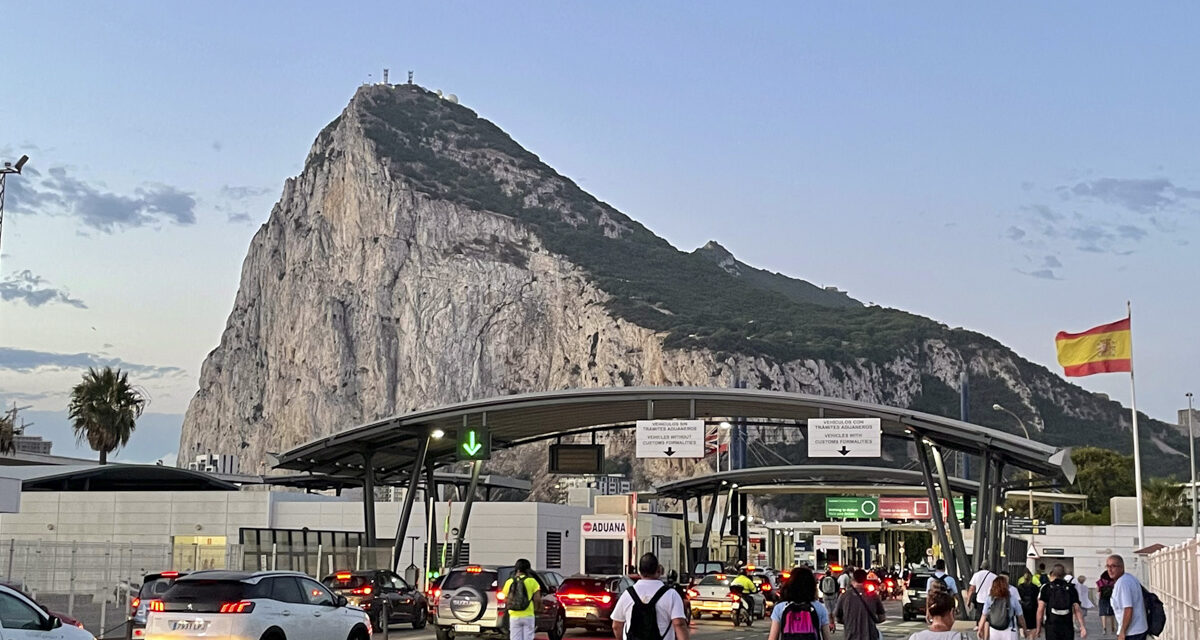
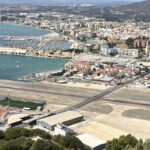

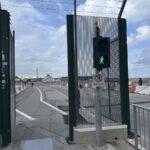
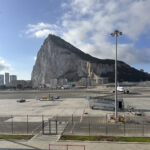
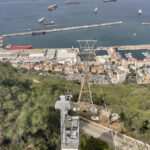
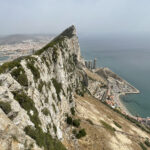
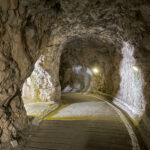



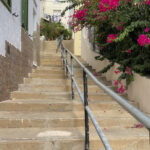
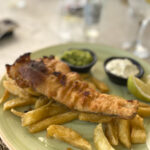

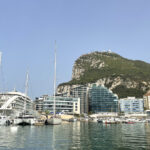

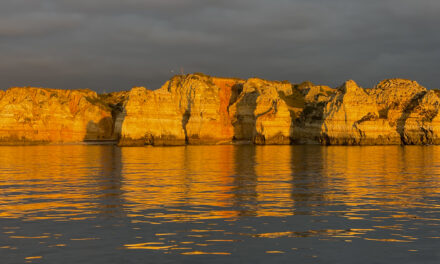
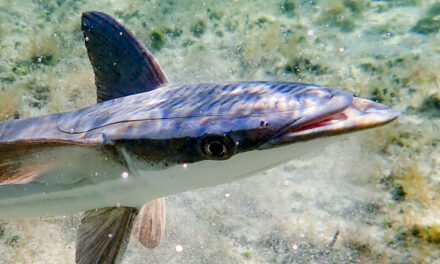
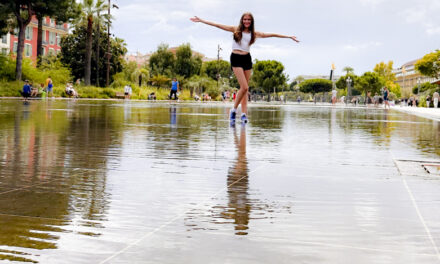
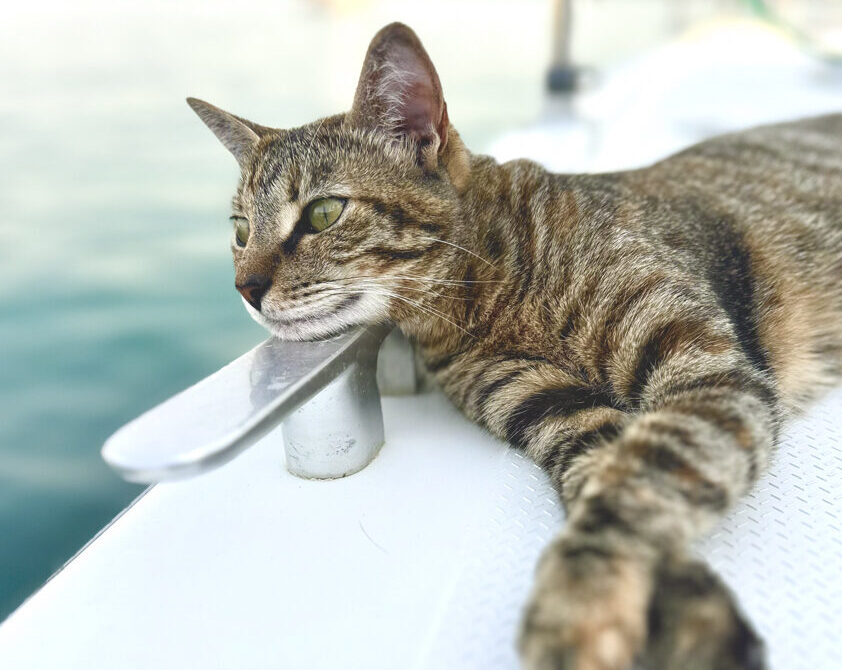
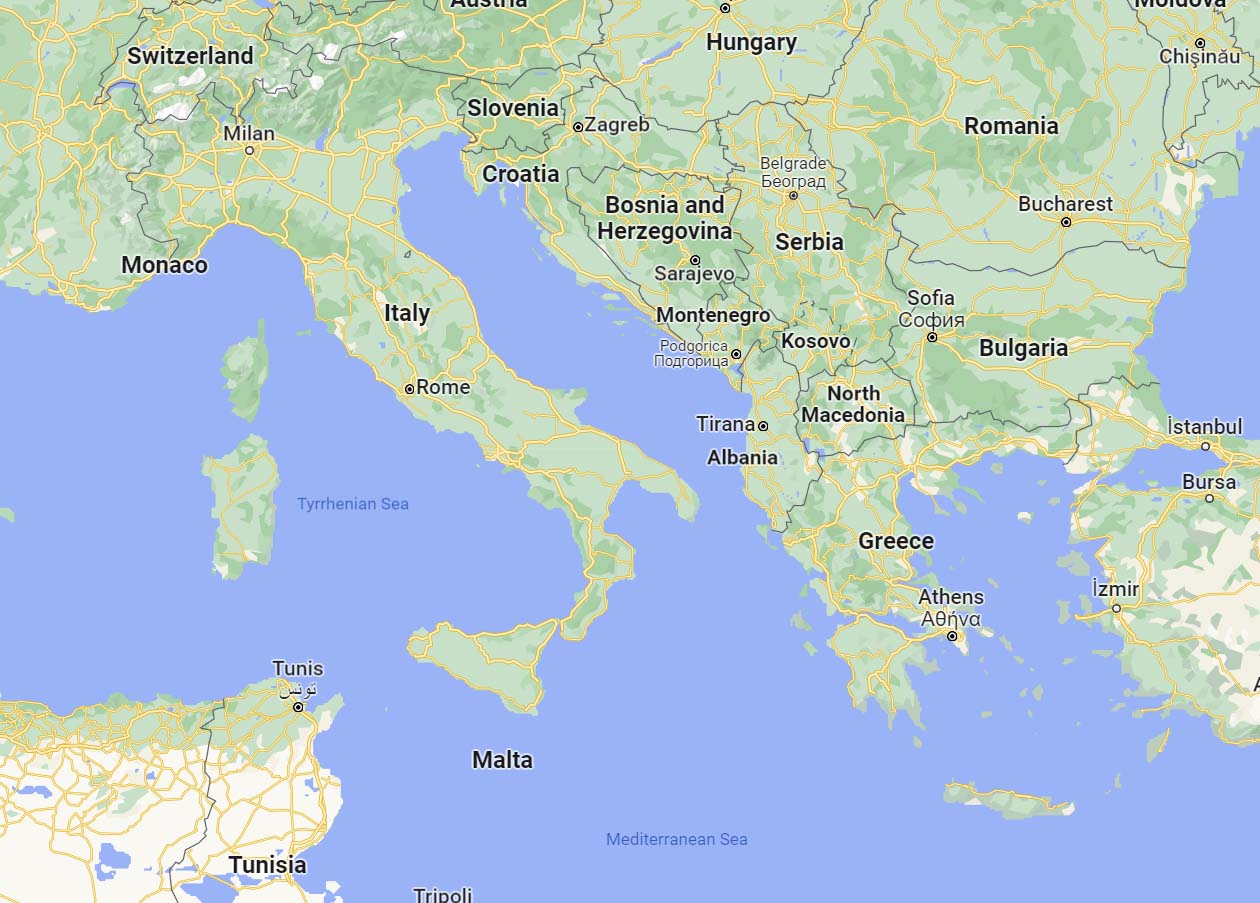
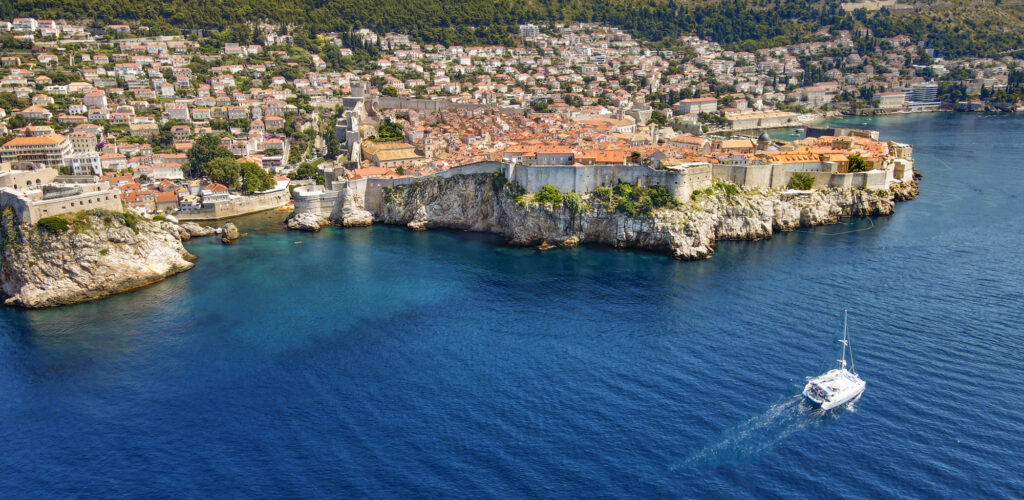
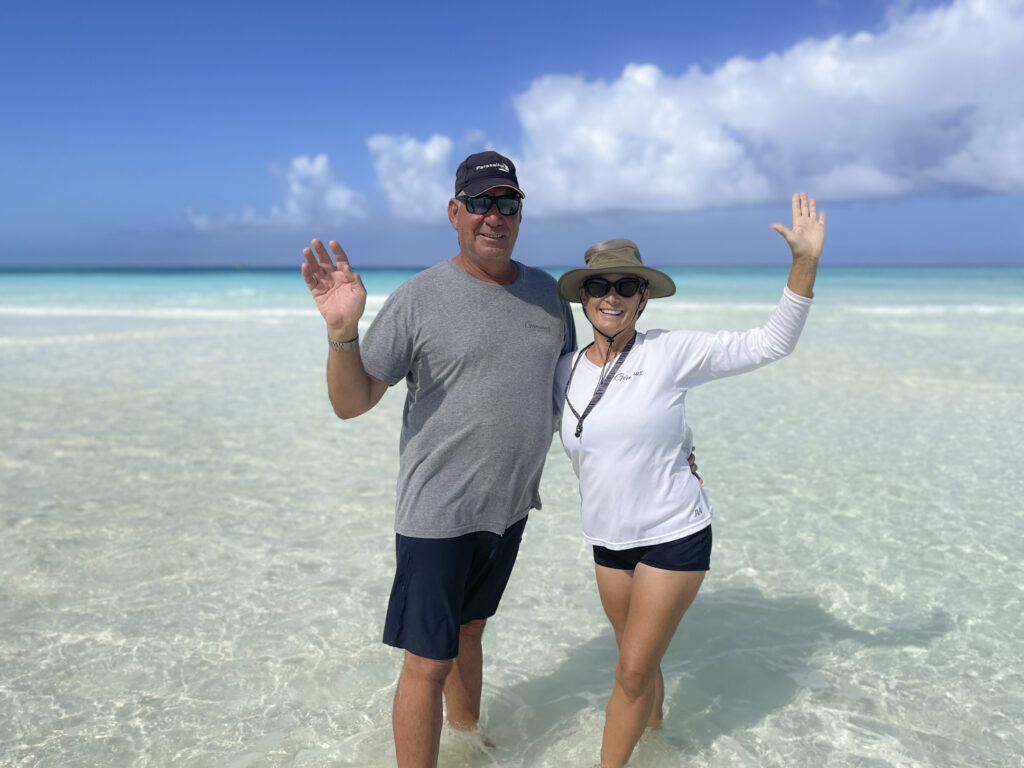
Thanks for sharing the rock!
“ Barbary Macaque Apes, who accosted every passerby, stealing food or cleverly plucking resting eyeglasses from the heads of unaware tourists, toying with them until a ransom of food was delivered”. For real??!!
Yep, very smart monkeys:)